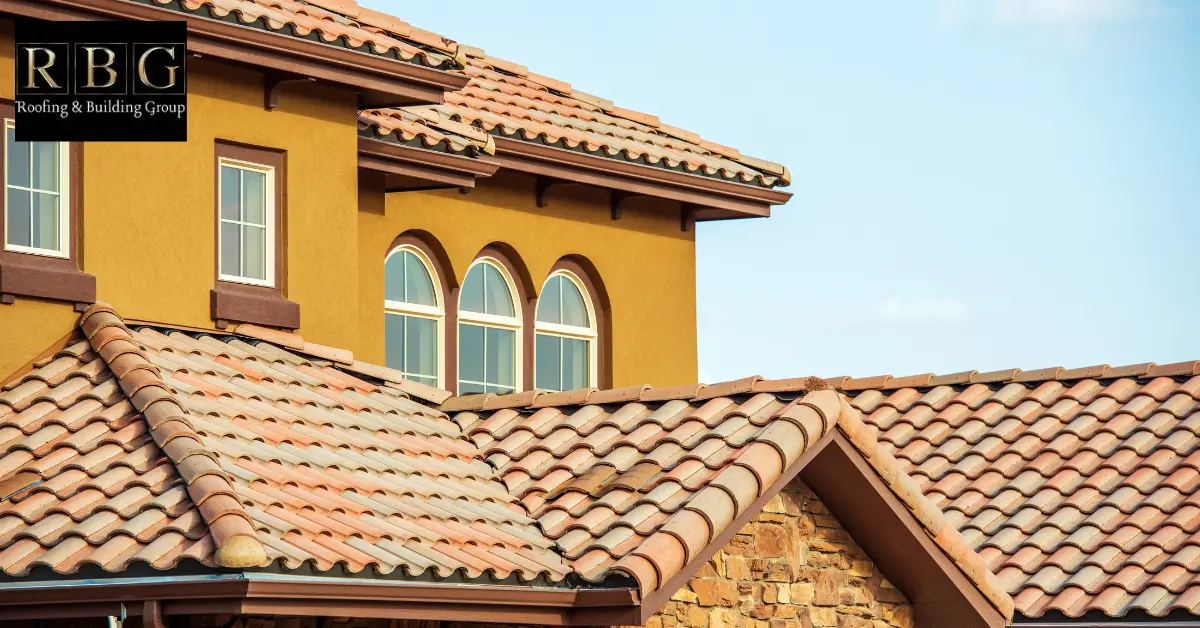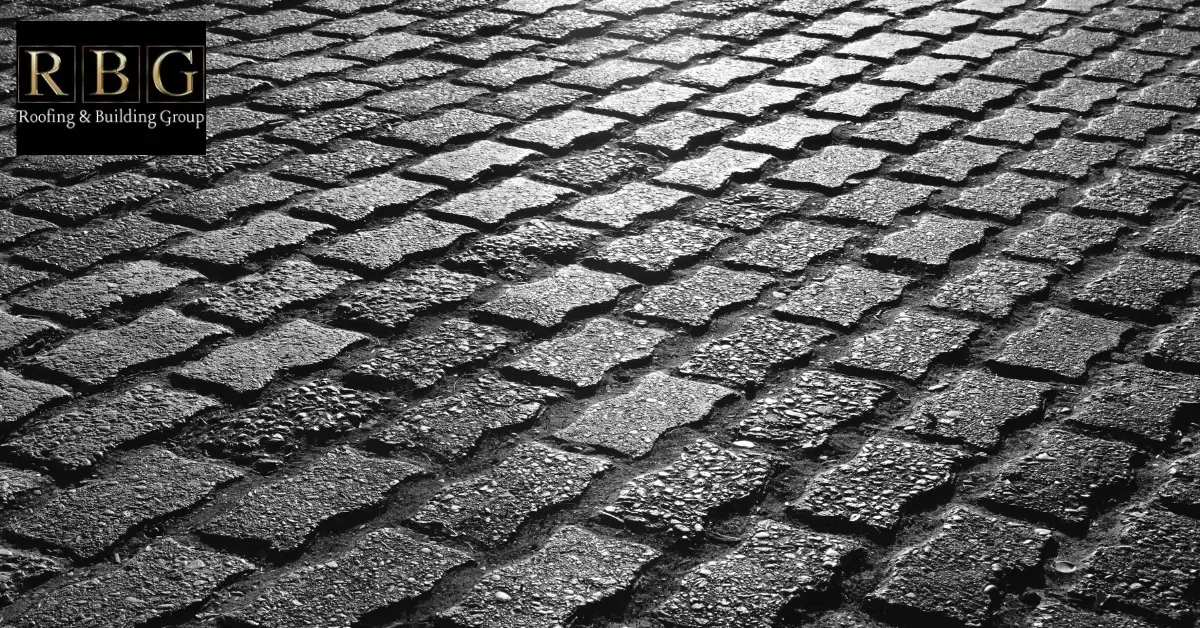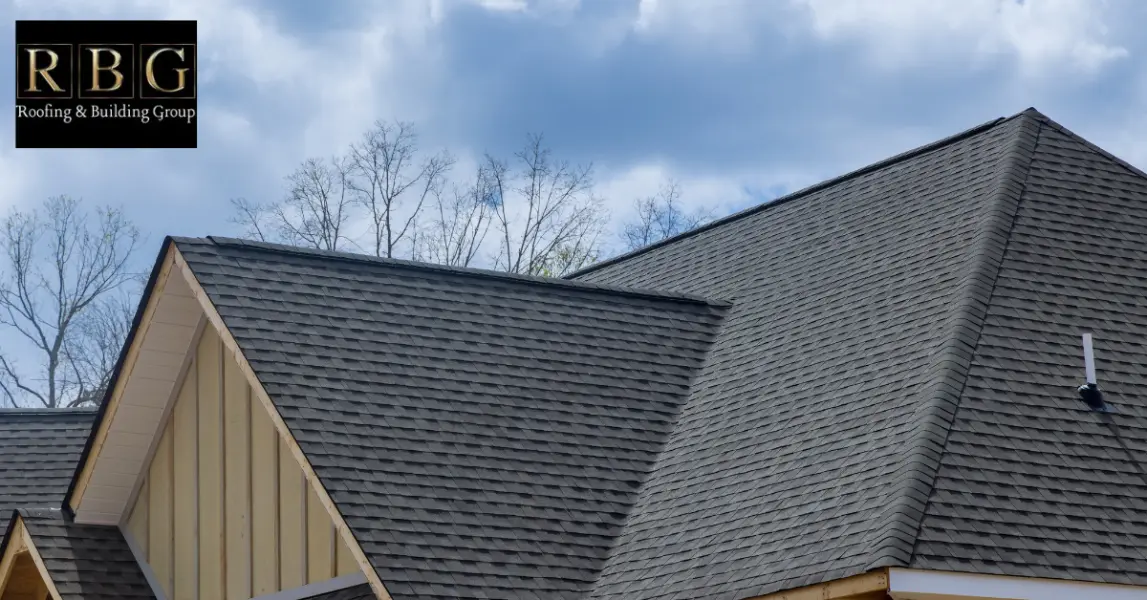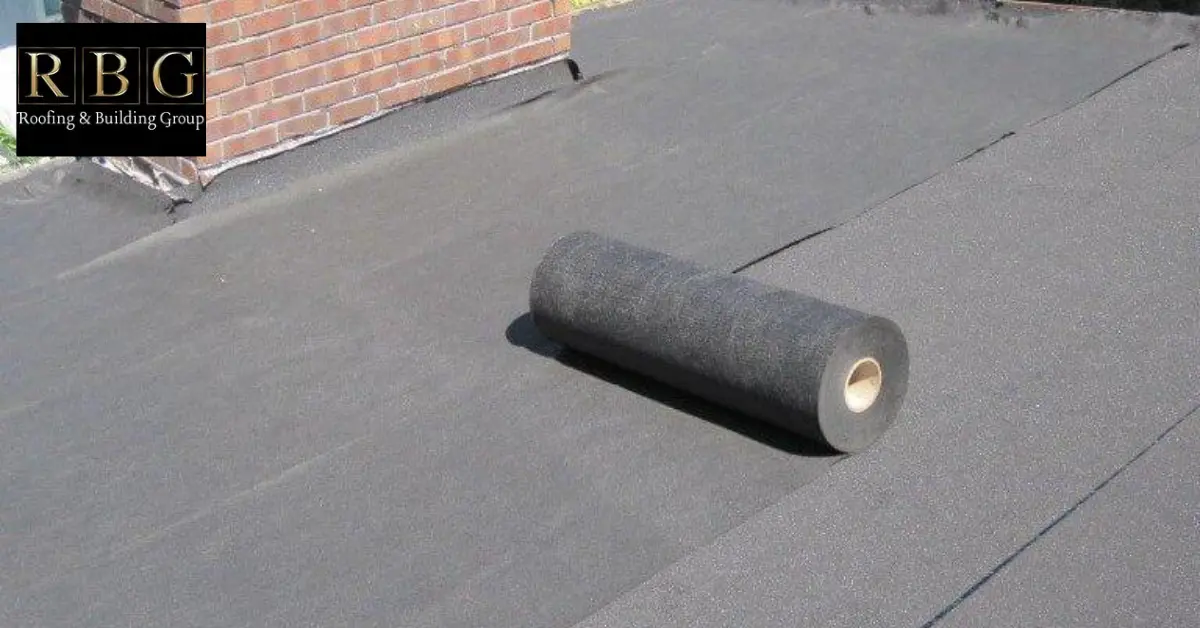The weather in this region can be harsh on roofs, with heavy rain, damp air, and strong winds common throughout the year. If your roof isn’t built with the right materials, it can lead to leaks, moss growth, and poor insulation over time. That’s why choosing the right roofing option isn’t just about looks; it’s about long-term protection and comfort.
In this guide, we’ll go over the best roofing materials for homes in Forest of Dean. You’ll learn which ones last the longest, suit the local climate, and work best for different house types, from cosy cottages to newer builds.
Top Roofing Materials for Forest of Dean Homes
Below, we’ve highlighted the most reliable roofing materials for homes in the Forest of Dean. Each one offers a different look, level of durability, and price range, so whether your home is traditional or modern, you’ll find an option that suits both your property and the local climate.
Slate Roofing

Slate roofing, made from natural stone, gives homes in the Forest of Dean a classic look. It’s a popular choice for older properties and conservation areas. Slate roofs are on the higher end when it comes to cost, usually ranging from £80 to £120 per square metre. While they are an investment, their lifespan is impressive; most last between 80 and 100 years, or even longer, if properly maintained. Many suppliers offer warranties of 50 years or more, particularly when experienced professionals perform installations.
Pros:
- Natural appearance that suits countryside homes
- Extremely long-lasting with minimal upkeep
- Fire and water-resistant
Cons:
- One of the most expensive roofing options
- Very heavy, your roof may need extra support
- Requires expert installation
Best for: Period homes, cottages, or listed properties in traditional areas
Clay Tiles

Clay tiles have a warm, rustic charm and have been used across the UK for centuries. They’re especially popular in the Forest of Dean for their traditional look and strength in damp climates. The cost of clay tiles typically ranges from £50 to £90 per square metre. They tend to last around 50 to 70 years if well maintained. Most manufacturers offer warranties that range from 30 to 50 years, making them a dependable, long-term choice for homeowners.
Pros:
- Traditional look with a natural colour finish
- Breathable and well-suited to wet weather
- Low maintenance
Cons:
- Heavy like slate, it requires a strong roof frame
- Can crack in freezing temperatures
Best for: Barn conversions, stone-built homes, and rural cottages
Concrete Tiles

Concrete tiles offer the appearance of more expensive materials like clay or slate but come at a more affordable price. They’re widely used across the UK and suit both modern and traditional homes in the Forest of Dean. Expect to pay between £30 and £60 per square metre. With proper installation, concrete tiles can last 40 to 60 years. Many brands provide warranties of around 30 to 40 years, making them a solid option for homeowners who want good value without sacrificing durability.
Pros:
- Affordable and long-lasting
- Wide range of colours and styles
- Easy to install and replace
Cons:
- Heavy, like slate and clay
- Its colours may fade over time due to sun exposure
Best for: Budget-conscious homeowners or new builds
If you’re trying to decide between slate and tile roofing for your Forest of Dean home, you might find this comparison helpful: Tile vs Slate Roofing in Forest of Dean. This article covers the pros and cons of each option, helping you make the best choice based on your needs and budget.
Metal Roofing (Zinc, Steel, Aluminium)

Metal roofs are now a popular choice for both countryside homes and modern-style houses. They’re lightweight, sleek, and excellent at handling the wet, windy climate of the Forest of Dean. On average, metal roofing costs between £60 and £100 per square metre. They can last anywhere from 40 to 70 years, depending on the type of metal and finish. Warranties often go up to 40 years or more, especially with premium coatings or protective layers.
Pros:
- Lightweight and easy to install
- Excellent drainage and rain resistance
- Resists moss, mildew, and fire
Cons:
- It can be noisy in heavy rain if not insulated well
- It may be damaged by falling branches or hail
Best for: Contemporary homes or minimalist designs
Asphalt Shingles

Asphalt shingles are more commonly seen in North America but are sometimes used in the UK for garages, sheds, or temporary roofs. They’re a budget-friendly option that’s easy to install and repair. The cost usually ranges from £25 to £45 per square metre. While not the most durable choice, they can still last 20 to 30 years with basic care. Most products come with warranties lasting 20 to 25 years, giving homeowners peace of mind for short- to mid-term use.
Pros:
- Very affordable
- Easy and quick to install or replace
- A variety of colours
Cons:
- Less durable in windy or very wet climates
- Lower visual appeal
Best for: Sheds, extensions, and temporary roofs
Green Roofs (Eco Roofs)

Green roofs are covered with living plants and offer both a beautiful appearance and practical environmental benefits. In a place like the Forest of Dean, they blend nicely with the natural surroundings. These roofs generally cost between £70 and £130 per square metre. If well-maintained, they can last 30 to 50 years. Warranty coverage usually depends on the waterproofing system beneath the vegetation, which is a crucial part of the installation.
Pros:
- Helps with insulation and water management
- Encourages local wildlife and pollinators
- Beautiful natural appearance
Cons:
- Higher installation cost
- Needs proper waterproofing and structure
Best for: Garden buildings, flat roofs, or eco-conscious homeowners
EPDM or Rubber Roofing

EPDM, also known as rubber roofing, is widely used for flat roofs such as those on porches, garages, or extensions. It’s strong, waterproof, and easy to apply. Costs typically fall between £45 and £80 per square metre. With regular care, it can last 25 to 40 years. Most rubber roof systems come with warranties that range from 20 to 25 years in length. You can install an EPDM roof by yourself or hire Professionals to get it done.
Pros:
- Fully waterproof and flexible
- Low maintenance and fast to install
- Handles temperature changes well
Cons:
- Not the most attractive option
- Needs a smooth surface and correct sealing
Best for: Flat or low-slope roofs on extensions or garages
Choosing a Roof That Suits Forest of Dean Homes
In the Forest of Dean, where homes often feature stone walls, wooden frames, and a countryside charm, your roof should blend in, not stand out for the wrong reasons. The right roofing material can enhance your home’s character and keep it looking like it belongs in the landscape.
- Slate or clay tiles work beautifully on cottages, farmhouses, and older properties.
- Concrete tiles are a budget-friendly alternative that mimics traditional styles.
- Metal roofing fits well with newer homes that have a clean, modern design.
If you’re unsure what fits best, take a look around your neighbourhood. Please pay attention to homes like yours and the roofing styles they use. A roof that blends in with the area won’t just look good, it can also boost your home’s value.
Get Professional Roofing Assistance in the Forest of Dean
Finding the right roofing material is only part of the job; the quality of the installation also plays a crucial role. That’s why working with experienced, local roofers makes all the difference. Professionals who understand the Forest of Dean’s climate and home styles can recommend the best materials, identify potential issues early, and make sure your roof lasts.
At RBG Roofing & Building, we offer reliable roofing services designed to keep your home or business safe in all seasons. With a deep understanding of local buildings and weather conditions, our professional roofing contractors are here to help you protect what matters most.
Conclusion:
A best roof does more than cover your home, it adds comfort, confidence, and lasting value. The right choice should feel like a natural fit, not just for your house, but for your life. When it’s done well, you won’t think about your roof every time it rains; you’ll feel at ease, knowing your home is protected. Take your time, choose the right Roofing material, and let your roof do its job quietly, year after year.
FAQs
How do I know when it’s time to replace my roof?
Most roofs show signs when they’re nearing the end of their life, things like leaks that keep coming back, cracked or missing tiles, sagging, or patches of damp on interior ceilings. If your roof is over 25–30 years old, it’s worth hiring a roofer to inspect it thoroughly, even if there aren’t any major issues yet.
Can I switch to a different roofing material than what’s already on my house?
Yes, but not all homes are suited to every material. For example, some roof frames may not be able to support heavier options, such as slate or clay. If you’re considering changing the material, it’s best to consult with a roofer who can inspect your roof’s structure and suggest options that work both safely and visually.
Do roofing materials affect energy bills?
They can. Some materials offer better insulation or reflect more sunlight, which helps keep your home warmer in winter and cooler in summer. Choosing the right material for your property can reduce heat loss and make your home more energy efficient over time.
How long does it take to install a new roof?
It depends on the size of your home and the type of material being used. A straightforward job might take a few days, while more complex roofs or weather delays can stretch the timeline to a week or more. A local roofer can provide you with a realistic time estimate based on your home’s specific needs.

